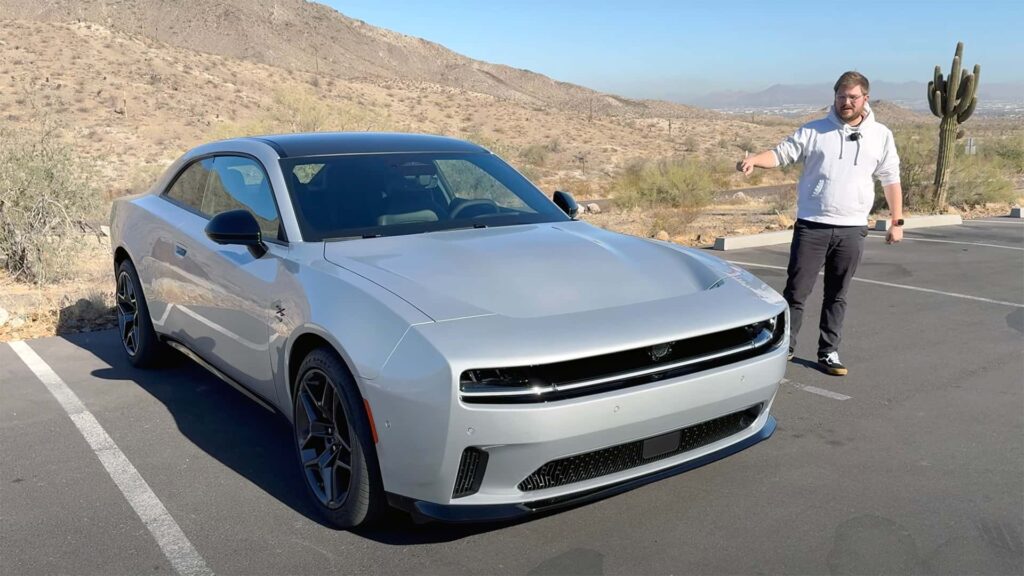Conner had a lot to say about the driving experience of the Charger Daytona EV. He mentioned that the steering was vague and lacked feedback, making it difficult to know what the front wheels were doing. The ride quality was also criticized for being harsh, with the car feeling unsettled over bumps and imperfections in the road. The regenerative braking was noted to be quite aggressive, making smooth deceleration a challenge.
Inside, the Charger Daytona EV features a 12.3-inch digital instrument cluster and a 15.9-inch infotainment screen. Conner found the infotainment system to be slow and laggy, with a confusing interface that was not user-friendly. The interior quality was also called into question, with cheap materials and a lack of attention to detail noted throughout the cabin.
Overall, it seems that the 2025 Dodge Charger Daytona EV is a bit of a miss for Dodge. While it may look the part of a muscle car, its driving dynamics, infotainment system, and interior quality leave much to be desired. It remains to be seen if future versions of the car will address these issues, but for now, it seems that the Charger Daytona EV is not living up to the expectations set by its iconic nameplate.
The Dodge Charger Daytona is a highly anticipated electric vehicle that promises to bring a new level of performance to the EV market. However, early reviews suggest that the car may not live up to the hype.
One particular criticism of the Charger Daytona is its heft, which seems to impede its performance on twisty roads. The car is described as feeling lethargic and inert, with a noticeable delay in power delivery even when the accelerator is floored. This lack of responsiveness can make the car feel less than sporty to drive, a major disappointment for enthusiasts looking for a thrilling driving experience.
In a scathing review, Kyle described the Charger Daytona as “completely disappointing,” pointing out that it lacks redeeming qualities and even struggles during low-speed driving. Despite its weight, the car is said to provide a “dreadful” driving experience, failing to get the basics of an EV right. While there may be room for improvement as Dodge continues to develop the vehicle, these initial impressions are not promising.
It will be interesting to see how the Charger Daytona performs in a more comprehensive review, where we can draw our own conclusions about its performance and handling. With the potential for updates and improvements in the future, there is still hope that the Charger Daytona could become a more competitive option in the electric vehicle market.
As we await the opportunity to test the Charger Daytona for ourselves, it is clear that Dodge has some work to do to address the criticisms raised by early reviewers. With the right adjustments and enhancements, the Charger Daytona could still emerge as a formidable contender in the EV space.

